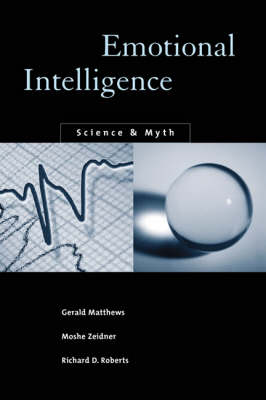A Bradford Book
2 total works
What We Know about Emotional Intelligence
by Moshe Zeidner, Professor Gerald Matthews, and Richard D. Roberts
Emotional intelligence (or EI)—the ability to perceive, regulate, and communicate emotions, to understand emotions in ourselves and others—has been the subject of best-selling books, magazine cover stories, and countless media mentions. It has been touted as a solution for problems ranging from relationship issues to the inadequacies of local schools. But the media hype has far outpaced the scientific research on emotional intelligence. In What We Know about Emotional Intelligence, three experts who are actively involved in research into EI offer a state-of-the-art account of EI in theory and practice. They tell us what we know about EI based not on anecdote or wishful thinking but on science.
What We Know about Emotional Intelligence looks at current knowledge about EI with the goal of translating it into practical recommendations in work, school, social, and psychological contexts.
Emotional Intelligence
by Professor Gerald Matthews, Moshe Zeidner, and Richard D. Roberts
Emotional intelligence (EI) is one of the most widely discussed topics in current psychology. Although first mentioned in the professional literature nearly two decades ago, in the past five years it has received extensive media attention. The term "emotional intelligence" refers to the ability to identify, express, and understand emotions; to assimilate emotions into thought; and to regulate both positive and negative emotions in oneself and others. Yet despite the flourishing research programs and broad popular interest, scientific evidence for a clearly identified construct of EI is sparse. It remains to be seen whether there is anything to EI that researchers in the fields of personality, intelligence, and applied psychology do not already know.
This book offers a comprehensive critical review of EI. It examines current thinking on the nature, components, determinants, and consequences of EI, and evaluates the state of the art in EI theory, research, assessment, and applications. It highlights the extent to which empirical evidence supports EI as a valid construct and debunks some of the more extravagant claims that appear in the popular media. Finally, it examines the potential use of EI to guide practical interventions in various clinical, occupational, and educational settings.

